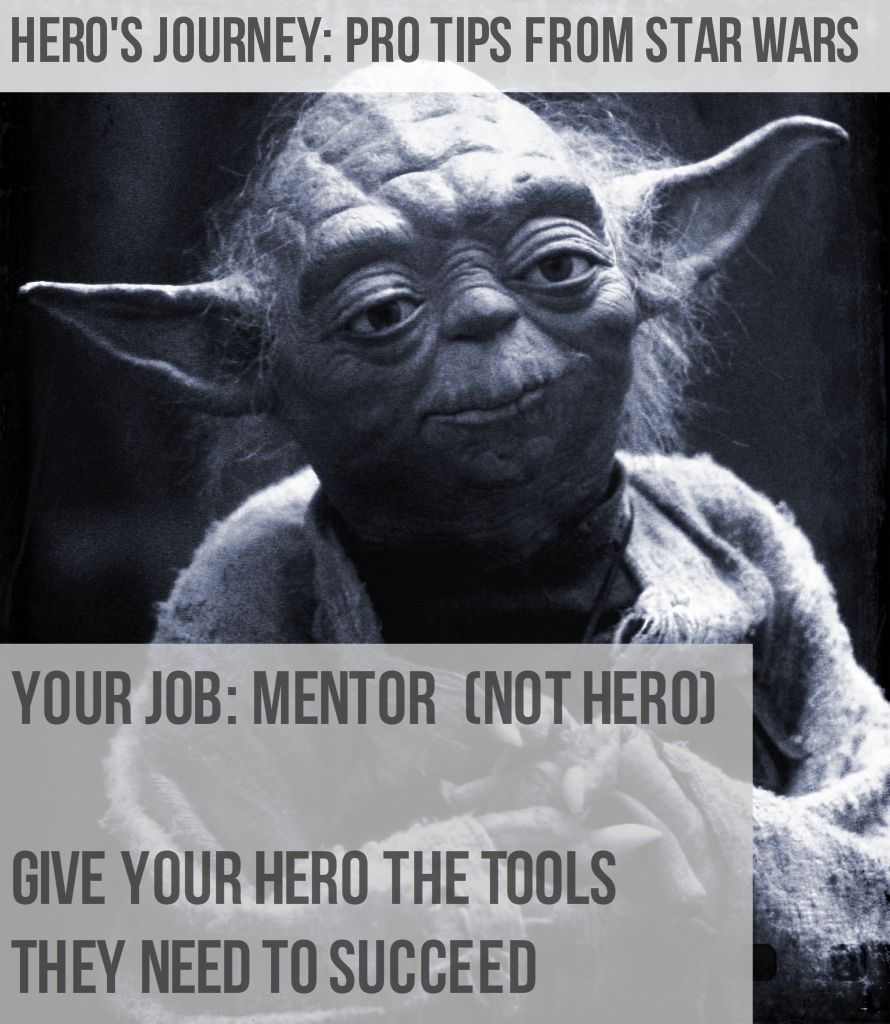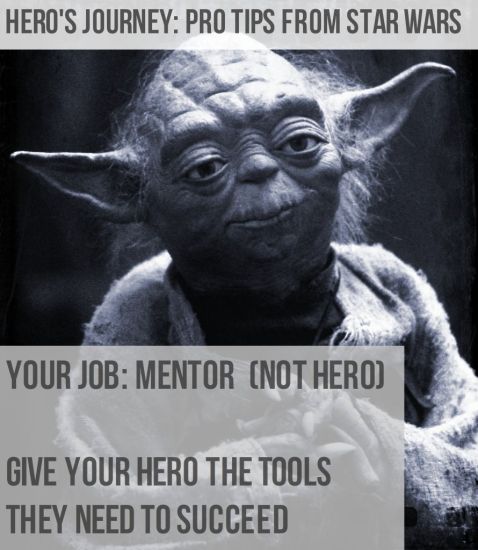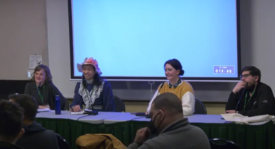Variations on a basic, familiar story have been told over and over across centuries and cultures, knitting communities together through shared values and beliefs. Joseph Campbell, scholar of religion and mythology, gave us a name for it: the hero’s journey.
The hero’s journey does indeed manifest in all kinds of stories—from creation myths and folk legends to children’s books and blockbuster movies. These are the stories we tell to shape and reinforce how we understand ourselves and our world. These stories can call us to action too, rallying people around a common purpose when things aren’t right. As Campbell put it, when you hear such a story, you respond “Aha! this is my story. This is something I always wanted to say but wasn’t able to say.”
Essentially, the hero’s journey is this: An (often reluctant) hero sees a threat to his—or her—values and what he holds dear. (Think: Luke Skywalker). His world is out of balance. He is not powerful but he is moved to action. He embarks on a quest to make things right. He takes on the villains who pose the threat. And he’s helped along the way by a mentor (think: Yoda) who gives him the tools to succeed (not just lightsaber skills, but confidence—lessons in using The Force). He does it all for the good of his community, not just for himself.
You got that? Hero, threat, quest, villains, mentor, and tools. (There are also villains’ weapons-–which in the public policy arena, usually amount to anything that stalls progress or spreads confusion and misinformation. Usually money and political power.)
Jonah Sachs author of Winning the Story Wars, sees the hero’s journey as a compelling formula for “modern mythmakers”—those of us who want to inspire change for the common good.
The elements seem simple enough. The structure is familiar. But applying the hero’s journey to our own campaigns, organizational stories, or empowerment marketing strategies isn’t always so easy, especially when it comes to sorting out the role we—as storytellers—play in our own stories.
Here are some tips from Sachs—and George Lucas—for doing it right:
Hero’s Journey: Pro Tips from Star Wars
- I’m like Luke! Your target audience should see themselves in your hero, standing up for what they believe. (Think: soccer mom, Joe the plumber.)
- Storyteller’s job: Yoda. You are the mentor, not the hero. You give heroes the tools they need to succeed: confidence, a policy solution…lightsaber skills…
- The Force. Heroes feel powerless; no quest is easy. (Think: little guy vs. big corporate power). Your story illustrates how they can beat the odds.
- Must Have: Galactic Empire. It is against the bad guys that heroes define their values, galvanize support, and unify message. Plus, it feels good to hold them accountable.
P.S. It’s no surprise that George Lucas was a fan of Joseph Campbell. And, may The Force be with you!










Aung Thu Hein
I like your story. It is a good one.Please upload more story
John Abbotts
Anna, thank you for your continuing tips on how to frame the debate.
I have my own suggestions for framing the Evil Corporate Empire(s):
“Malefactors of Great Wealth,” I think from FDR originally.
“The Corporate 1%,” from Occupy.
“The Fossil Fuel Industry Hates Your Children,” from Exxon Hates Your Children, at https://www.youtube.com/watch?v=02j2FFjgoS0
“The Coal Industry, conducting War against its own workers, human health, and a sustainable future for humanity.”
Also a full storyline that I earlier suggested to Eric, “Sightline: Defending the Children of Light from the Forces of Darkness/Coal Dust/Corporate Malfeasance.”
I hope one of these may be useful to someone.